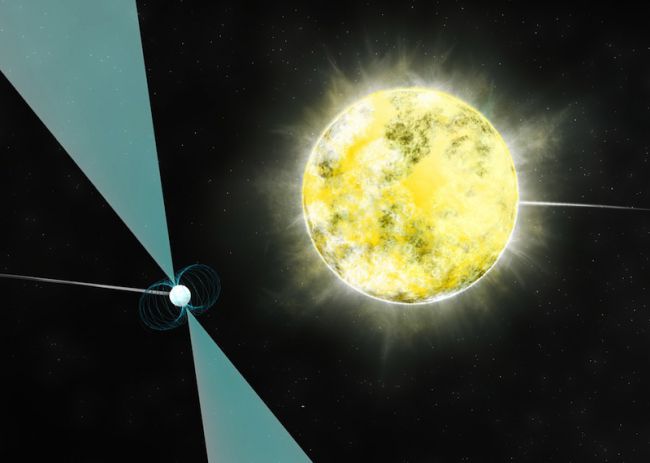Covalent bonding
For some atoms, the best way to go about getting a full outer shell is to steal or unload a few electrons. For elements found in the middle of the Periodic Table, it is much easier to just share electrons. The sharing of electrons is how covalent bonds are formed.
Covalent bond
A covalent bond is formed when two atoms share electrons. When this happens there is an electrostatic attraction between the nuclei (which are positively charged) and the pair of shared electrons (which are negatively charged). In the dot and cross diagram below, you can see how hydrogen forms a covalent bond by sharing its single electron with chlorine to form hydrogen chloride.
Simple covalent molecules
Molecules that consist of just a few atoms held together by covalent bonds are called simple covalent molecules. Examples include water, H2O, carbon dioxide, CO2 and ammonia, NH3.
Simple covalent molecules have low melting and boiling points because the strong covalent bonds remain intact when these molecules change state. Instead, it is the weak intermolecular forces which need to be broken when converting a simple covalent molecule between a solid, liquid and gaseous state.
Although all simple covalent molecules will have low melting and boiling points, those with a large molecular mass will have a higher melting and boiling point than a molecule with a smaller mass. This is because the weak intermolecular forces that are found between molecules form from electrons. Heavier molecules have a larger number of electrons which means they can form more intermolecular forces, thereby increasing their melting and boiling point.
Giant covalent structures
Giant covalent structures, such as diamond, graphite and silicon dioxide (silica) are made up of a large number of atoms covalently bonded in a huge network. They have very high melting and boiling points because the strong covalent bonds need to break when these molecules change states.
Covalent molecules are not made up of charged particles, so neither simple nor giant covalent structures are able to conduct electricity. An exception is graphite, which has delocalised electrons between layers of carbon atoms.
Although diamond and graphite are both giant covalent structures made up of only carbon atoms, they have very different properties due to the way that the carbon atoms are arranged. In diamond, each carbon atom bonds to four other carbon atoms to form a strong, rigid structure which makes diamonds one of the hardest materials on Earth and virtually unbreakable. In contrast, each carbon atom in graphite forms only three other bonds. As the fourth electron in carbon’s outer electron shell is unbonded, it is free to move (delocalised) and can conduct electricity. The electron moves between layers of carbon atoms which are held together with weak intermolecular forces which are easily broken. This makes graphite soft and slippery, useful as a lubricant or in pencils, since the layers can separate and slide over each other easily.
Did you know..
Scientists have identified a dead star with such low temperatures that the carbon inside has crystallised into a diamond. The star, which is a similar size to our Sun, has reached the end of its life-cycle and has cooled and collapsed into a white dwarf. It is thought that the diamond inside the star could be as large as Earth.
Image credit: Image: © B. Saxton (NRAO/AUI/NSF)
Download worksheet: Covalent Bonding / Answers Next Page: Metallic Bonding
